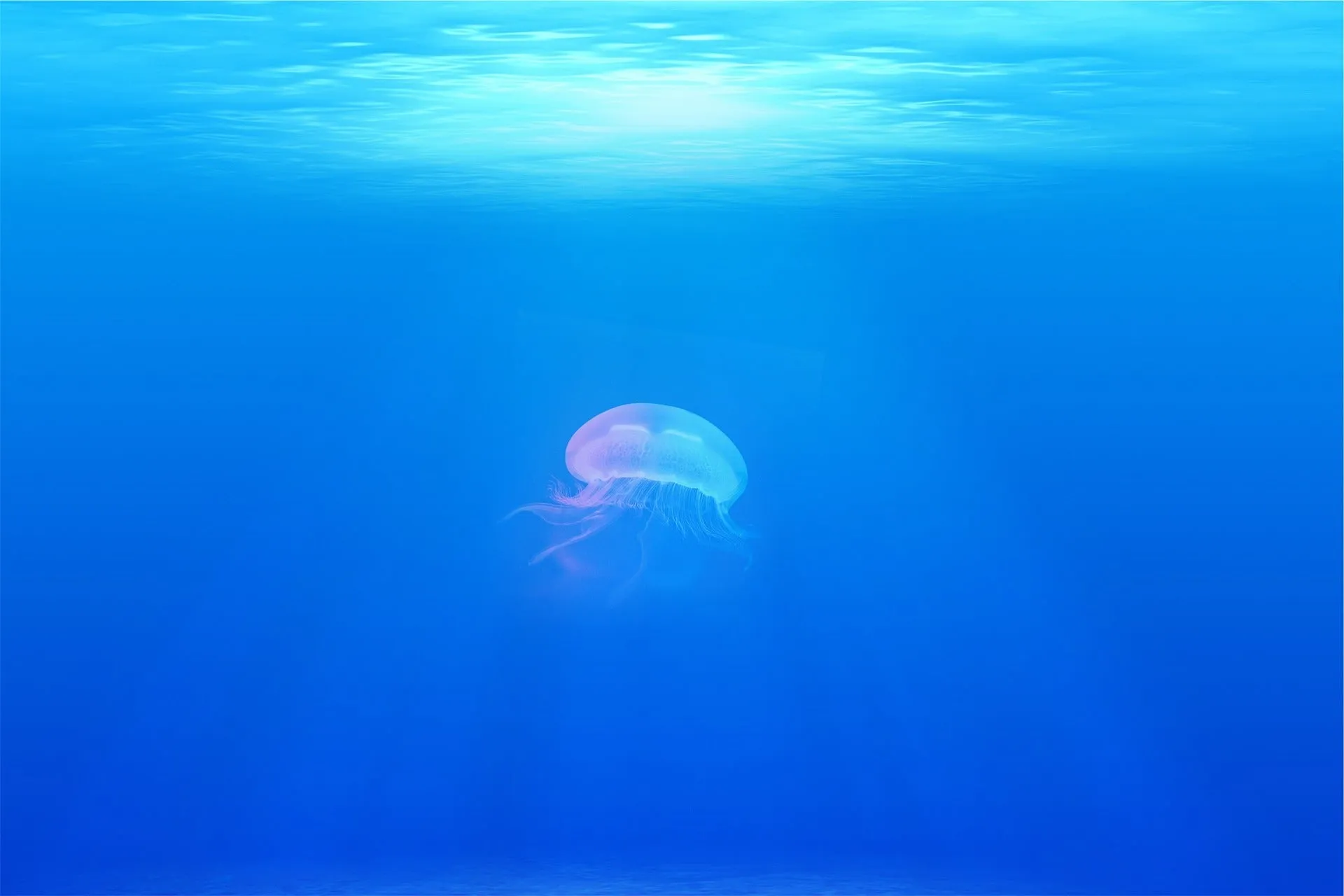Jellyfish of the Sunshine Coast
Over the past twelve months council officers have been collecting planktonic samples from several inshore locations to examine what our “normal” jellyfish communities look like throughout the summer months.

Article and video by Raeleen Draper, Coastal Project and Permits Officer, Sunshine Coast Council
Last December saw a dramatic influx of some different species that had not been captured in previous sampling efforts.
The change in the jellyfish community was a result of an oceanic upwelling that was bringing deep cold water to the surface of the ocean and with it oceanic jelly species such as Nanomia, Ocyropsis and Liriope to name a few. Upwelling’s occur when wind blows along the coastline and causes the water at the ocean’s surface to move away from the coast and the deeper ocean water rises up to take its place. The deeper water is often colder and rich in nutrients which encourages both phytoplankton (plant) and zooplankton (animal) growth.
Nanomia species are colonial predatory siphonophores, which are made up of a number of specialised individuals (zooids) that work together to stay alive. The nectophores are at the front of the jelly and are responsible for its propulsion. They work together to pump water backwards like a jet and tow the zooids that specialise in reproduction and feeding behind it. If the zooids get separated, they cannot survive alone (see video).
Nanomia
Learn more of Sunshine Coast jellyfish.
The clapper jelly (Ocyropsis sp.) is a ctenophore that moves in quite an unusual way. When disturbed, the jelly swims away quite rapidly by clapping its lobes together (see video). Clapper jellies are also bioluminescent, they can produce their own blue/green light which flashes along its comb rows to scare away predators.
Glossary
- siphonophores - a group of animals that includes the corals, hydroids, and true jellyfish
- nectophores – the muscular swimming bell that propels the colony.
